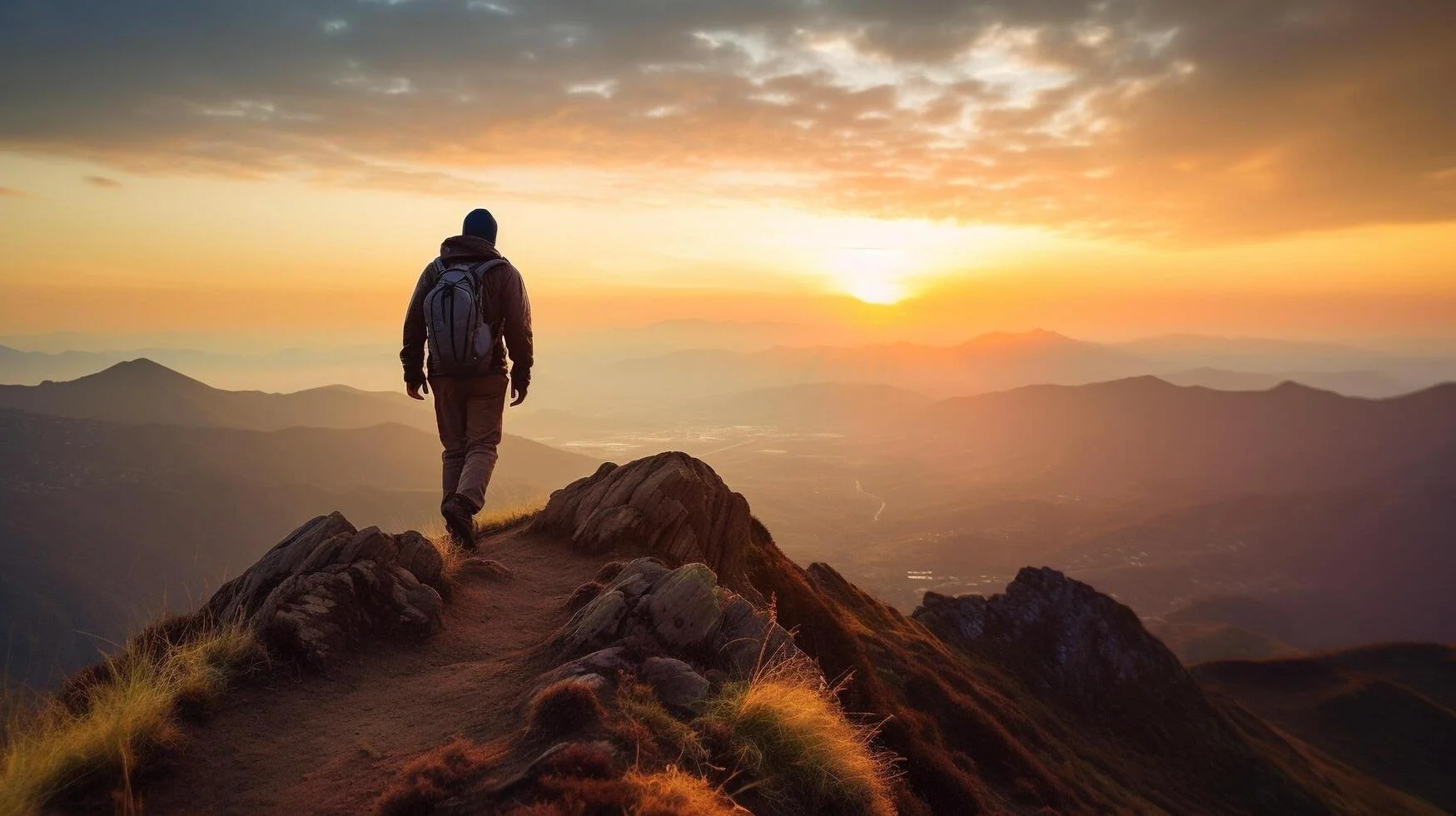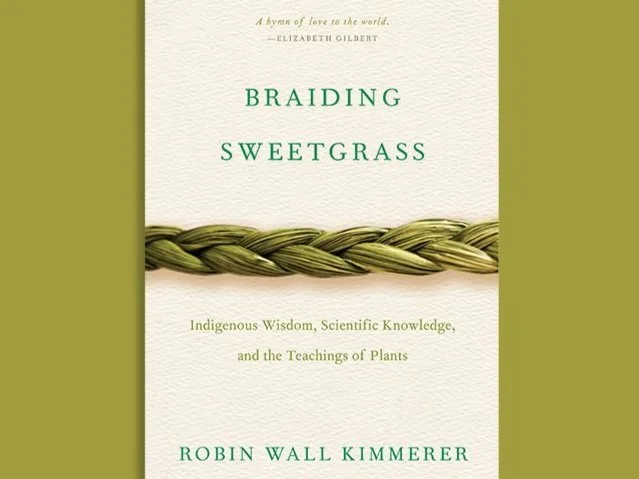Telling New Stories of Nature
This is the second half of the “Starting the Year Of The Snake” reflection, an exploration of how we can bring nature back into our culture and daily lives.
In the previous edition, I talked about the growing disconnection between people and the natural world, and the role creatives, communicators, and storytellers can play in helping people reconnect through the power of storytelling, creativity, and media. If you missed it, you can read it HERE.
At RAN Collectives, a creative collective rooted in Asia and driven by a love for nature and human connection, we believe creativity has the power to shift perspectives, reshape narratives, and build cultures where both people and nature thrive.
In this post, we’re diving deeper into the three key pillars we believe are essential to embedding nature into our everyday experience: Representation, Normalization, and Relationship.
Let’s dive in.
Representation: Redefining How We See Nature
The way nature is depicted in media directly influences public perception. When nature is reduced to picturesque landscapes or used solely as a backdrop, it becomes distant and decorative instead of an active, vital part of our world. Likewise, when animals are only portrayed as food sources, and forests as raw materials, we lose sight of their intrinsic worth.
Photo by Shahnawaz Hussain - An example of a typical tourism ad image
We believe that changing how nature is represented in media, art, and storytelling is essential to restoring this connection. By portraying nature not just as a setting but as a living, breathing presence, rich with intelligence, emotion, and history, we can shift the way people perceive their relationship with it. The more nature is depicted as vibrant and deeply interconnected with human life, the more we foster a culture that respects and protects it.
Photo Source from Pinterest (One of our all-time favorite classics growing up)
We see this approach in works like Studio Ghibli’s Princess Mononoke, where forests and spirits take on complex roles, not as scenery, but as central characters. Or Moana, where the ocean is a living entity, full of agency and emotion. Even in documentaries like My Octopus Teacher, the relationship between a human and a wild animal is portrayed with intimacy, care, and mutual respect, reminding us that nature is intelligent and emotionally rich, not just beautiful or useful.
Photo Source: Edition.cnn.com
Normalization: Making Sustainability Second Nature
Representation is the first step, but repetition makes ideas stick. What we see regularly, we accept as normal. Cultural shifts happen when new ideas become embedded in the rhythm of daily life. Behaviors that once seemed unusual, like carrying reusable bags or eating plant-based meals, become second nature when they’re consistently reflected in media, design, and shared experience.
We believe that storytelling and design can make sustainability feel intuitive and aspirational. When regenerative choices are woven into narratives, not as the exception, but as the norm, they stop feeling “alternative” and start to feel like the natural way of living. The more these ideas are repeated and reinforced, the faster they become part of how society operates.
Screenshot from Sex Education Netflix
A great example is the British series Sex Education. While not an environmental show, it subtly integrates sustainable living into its characters’ daily lives, like biking to school, upcycled fashion, or reusable bottles, without ever making those behaviors the focus. In advertising, campaigns like Patagonia’s bold “Don’t Buy This Jacket” challenged consumer culture directly and helped make sustainable thinking part of the mainstream conversation.
Photo Source from Medium
Relationship: Strengthening Our Bond with Nature
How we relate to nature shapes how we treat it. When it's framed as something separate, something to visit, admire, or save, it stays distant. But when it’s shown as something we’re inherently connected to, we begin to feel care, kinship, and responsibility. People protect what they have a relationship with.
And we believe storytelling plays a vital role in rebuilding that connection. Just as narratives have reshaped public perception around issues like animal rights and climate action, they can also help us reimagine our relationship with the natural world.
Photo Source Amazon (Recommended Read)
We see this in Braiding Sweetgrass by Robin Wall Kimmerer, where Indigenous knowledge and science come together to frame nature as reciprocal, not extractive. Another beautiful example is Minari, a film where nature is woven into the family’s daily life, memory, and hope. Through soil, water, and seeds, especially in the grandmother’s tender care for the minari plant, a symbolic link to their heritage, they build a relationship with the land.
Photo from Minari, Grandma and Grandson by the stream where she plants the minari plants.
Indigenous storytelling and ways of living that center relationship over control show us what it really means to live in reciprocity with the Earth. This isn't a new idea, it’s deep, ancestral wisdom still practiced today, and one that more and more people are turning back to.
The more nature is woven into our collective identity, the more we grow cultures that care for it. Through stories that harness emotional connection, we move beyond awareness, we create a world where protecting nature feels natural, urgent, and shared.
We're Bringing Back Our Monthly Dose of Creativity and Impact
Starting this month, we’re reviving our Monthly Dose of Creativity and Impact, a curated selection of creative campaigns, stories, and resources that light us up and align with our vision of a more just, nature-connected, and regenerative future.
We’ll share what’s moved us, what’s sparked ideas, and what we think is worth passing on.
Stay tuned, and thank you for being part of this journey with us.






